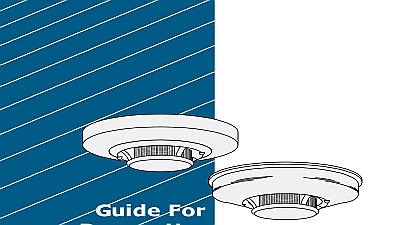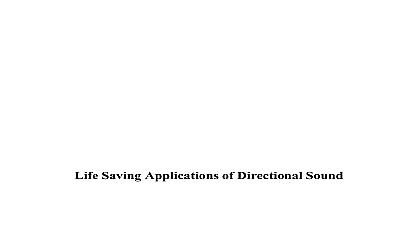System Sensor AV Alarm Effectiveness for Hard of Hearing

File Preview
Click below to download for free
Click below to download for free
File Data
| Name | system-sensor-av-alarm-effectiveness-for-hard-of-hearing-1207934568.pdf |
|---|---|
| Type | |
| Size | 1.45 MB |
| Downloads |
Text Preview
firealarmresources com effectiveness of alarms auditory visual and tactile adults who are hard of hearing Bruck1 and I Thomas2 of Psychology University Australia for Environmental Safety and Risk Engineering CESARE for the Fire Protection Research Foundation the 2006 2007 US Fire Administration Grant 2007 and adults who are hard of hearing of Contents of Tables 4 of Figures 5 6 Executive summary 7 Review of the Literature 13 Fire fatality smoke alarms and sleep 13 Prevalence and age distribution of the hard of hearing 14 Auditory emergency signals sleep and the hard of hearing 17 Non auditory emergency signals and sleep 18 Aims Research Questions and Design Issues 23 Method 27 Participants 27 Apparatus 29 Procedure 33 Data analysis 36 Results 40 Hearing thresholds to auditory signals 40 Waking Scores 41 Comparison of AWAKE and ASLEEP thresholds 45 Signal Onset and Offset 46 Sex differences 47 Age differences 47 Behavioural Response Time 49 Signal combinations 50 Sleep stage data 51 Alerting Devices Questionnaire 52 Discussion 56 Responsiveness to different signals 56 Signal onset versus signal onset 62 Sex and age differences 62 Behavioural Response Time 63 Signal combinations 63 Comparisons to field settings 64 and adults who are hard of hearing Alerting Devices Questionnaire 65 Conclusions and Recommendations 66 References 70 A Measurement of the intensity of the bed and pillow shakers used in this and shakers available commercially 74 B Measurement of the intensity of the strobes used in this project and strobes as a fire alarm commercially 77 C Advertisement placed in 26 local papers 80 D 1 Table reproduced from Deafness Forum of Australia 2002 showing categories of hearing impairment and their possible effects 81 D 2 Hearing thresholds dB for all participants across both ears and four as given by the hearing screening test 82 D 3 Age categories of the participant sample and comparison with the US for hard of hearing people 83 E Information about the Research Project 84 F Spectral analyses of auditory signals used in the ASLEEP phase 86 G Photos of the strobe lights bed shaker and pillow shaker 88 H Strobe Alignment and Measurements 89 I Sound measurement calibration and signal delivery aspects 90 J Screening questionnaire re sleep deprivation and alcohol 91 K Questionnaire on alerting devices 92 L Details of stage of sleep when different signals were presented 96 and adults who are hard of hearing of Tables 4.1 Descriptive statistics for the hearing screening test thresholds dB at four frequencies Hz for the sample involved in the AWAKE and ASLEEP phases the study n 38 where L Left ear and R Right ear 29 4.2 Temporal specifications of signal delivery 36 4.3 Temporal and intensity details of auditory and tactile signal presentations and Waking Score based on EEG waking time 39 5.1 Descriptive statistics of the auditory response thresholds dBA for signals in the AWAKE phase 40 5.2 Matrix showing the level of significance for pair wise comparisons across the signals using Least Significant Difference statistic in the AWAKE phase 41 5.3 Number and percentage of participants in terms of their waking behaviour to signals 42 5.4 Descriptive statistics for the Waking Scores for all signals 43 5.5 Hearing threshold data in decibels when awake for the participants who through the benchmark for the 3100 Hz signal n 14 46 5.6 Descriptive and non parametric statistics for the Waking Scores for all signals a function of sex 48 5.7 Descriptive and non parametric statistics for the Waking Score for all signals a function of age 48 5.8 Descriptive statistics for behavioural response time in seconds across the signals 49 5.9 Descriptive statistics for the mean differences between behavioural response EEG awake times 50 5.10 Descriptive and non parametric statistics for Waking Scores when the was split into lighter and deeper sleepers according to responsiveness on the Hz square wave 51 5.11 Demographics and selected responses n 44 53 5.12 Responses to questions percentages on confidence will hear ce


